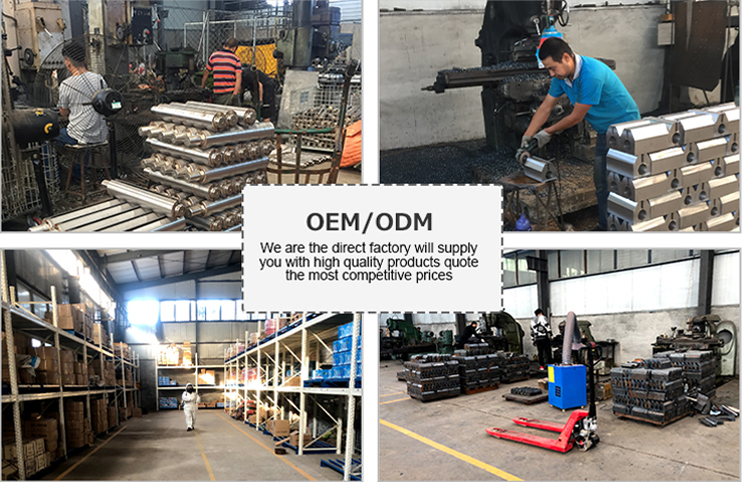industrial machine skates
Understanding Industrial Machine Skates Essential Tools for Heavy Lifting
In the world of industrial machinery, moving heavy equipment safely and efficiently is a paramount concern. Whether relocating a massive generator or positioning a large CNC machine, the process can be daunting. This is where industrial machine skates come into play, serving as indispensable tools that facilitate the transportation of heavy loads.
What Are Industrial Machine Skates?
Industrial machine skates, also known as machinery skates or dollies, are specifically designed platforms equipped with wheels that allow for the easy movement of heavy machinery. They come in various sizes and weight capacities, tailored to accommodate different types of machinery and environments. Typically made from durable steel or high-strength composite materials, these skates ensure robust support and reliability.
How Do They Work?
The basic principle behind machine skates is simple. They allow heavy machinery to roll rather than be lifted or carried. Most skates feature low-profile designs that enable them to slide under a machine easily. Once positioned, the load is placed on top of the skates using a hydraulic jack or an overhead crane, distributing the weight evenly across multiple wheels. This design minimizes the risk of tipping and structural damage, allowing for a safer transport process.
Types of Industrial Machine Skates
1. Standard Skates These are the most common type, equipped with a basic wheel system and suitable for many general-purpose applications. They usually have a weight capacity ranging from a few hundred to several thousand pounds.
2. Adjustable Skates For larger and irregularly shaped machines, adjustable skates are ideal. They come with extendable arms or brackets, allowing the user to customize the width to fit the machinery securely.
industrial machine skates

3. Corner Skates Designed to facilitate the movement of equipment in tight spaces, corner skates can maneuver around corners and are often used in conjunction with standard skates to assist in turning large loads.
4. Low Profile Skates These skates are designed to work under extremely low-machinery areas. Their flat design makes them particularly useful for machines that have a very low clearance.
Benefits of Using Industrial Machine Skates
1. Safety The primary benefit of using machine skates is safety. They reduce the risk of injury to workers by eliminating the need for manual lifting and carrying, which can lead to strains and injuries.
2. Efficiency Skates streamline the process of moving heavy equipment. Instead of a team of workers struggling to shift a machine, one individual can handle the transport using a set of skates, saving time and labor costs.
3. Precision Machine skates offer controlled movement, allowing for greater precision when positioning equipment. This is especially crucial in settings where machinery must be placed within tight tolerances.
4. Versatility With a variety of designs and capacities, industrial machine skates can be utilized in many applications across various industries, including manufacturing, construction, and shipping.
Conclusion
In conclusion, industrial machine skates are vital tools that facilitate the safe and efficient movement of heavy machinery. Their diverse designs cater to various industrial needs, making them versatile and essential for any operation dealing with equipment relocation. Emphasizing safety, efficiency, and precision, these tools are an integral part of modern industrial practices, ensuring that machinery can be moved swiftly and securely, reducing downtime and enhancing productivity. Investing in quality machine skates can pay dividends in operational efficiency and workplace safety, highlighting their importance in the industrial sector.
-
Dawei Hand Pallet Truck 1200mm, 2000–5000 KGS Heavy-DutyNewsNov.17,2025
-
Dawei Hand Pallet Truck, Fork Length 1200mm, 2000–5000kgNewsNov.17,2025
-
Large Equipment Movers – Safe, Insured & On-Time ServiceNewsNov.17,2025
-
Machine Moving Dollies | Heavy-Duty, Low-Profile, SafeNewsNov.17,2025
-
Permanent Lifting Magnet - Heavy-Duty, Safe, Quick ReleaseNewsNov.11,2025
-
PML 1000 Lifting Magnet - Heavy-Duty, Safe, No PowerNewsNov.11,2025
-
Large Equipment Movers: Safe, Fast, Certified ProsNewsNov.11,2025
